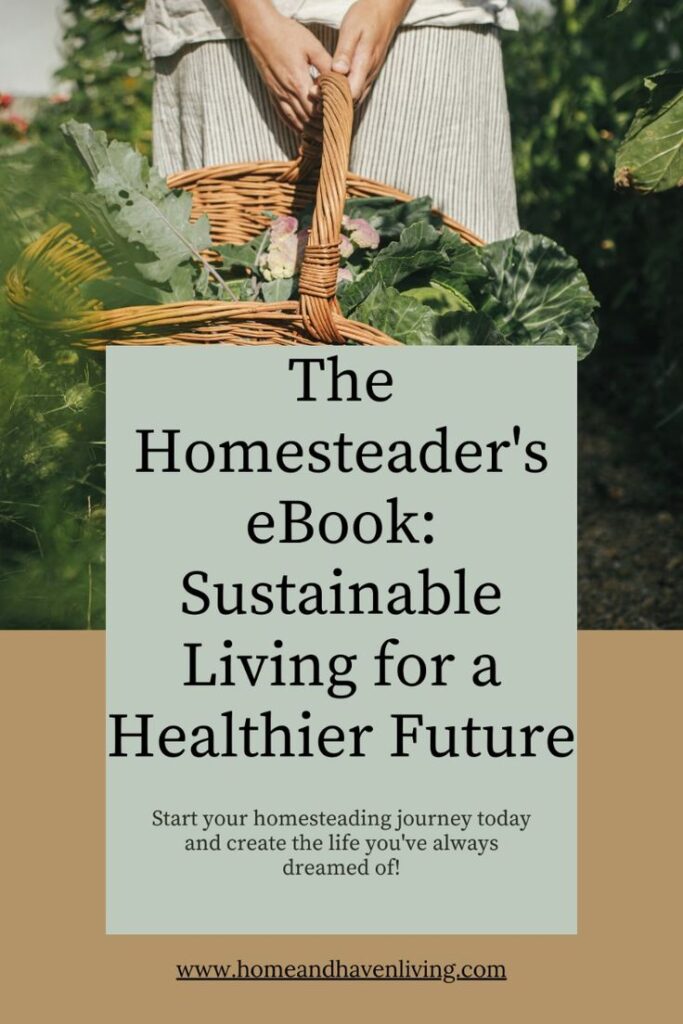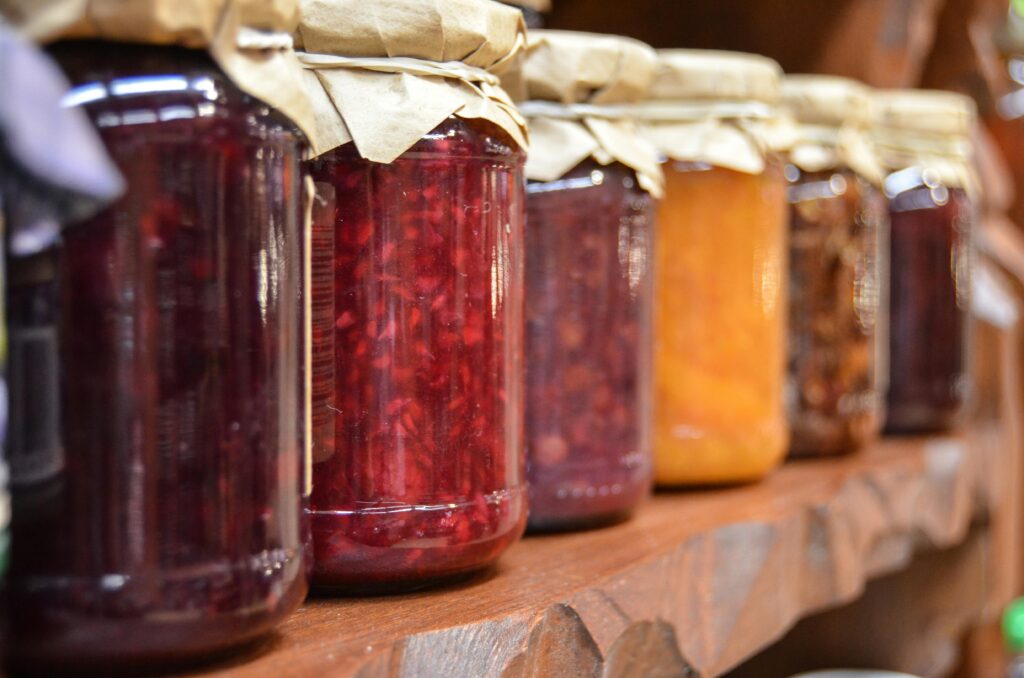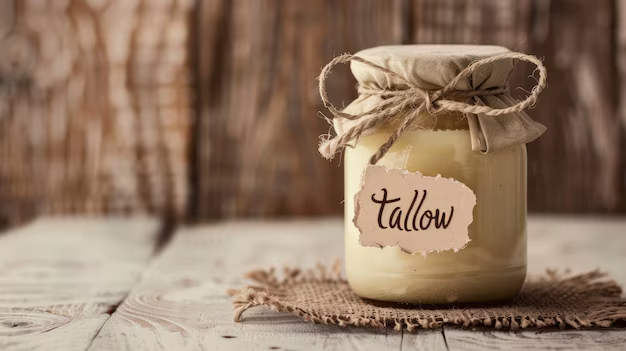Eco-Friendly Hacks: Upcycling Everyday Items for Sustainable Living

In a world overflowing with disposable products, the concept of upcycling offers a breath of fresh air. Upcycling isn’t just about reducing waste—it’s about reimagining the potential of everyday items to create something beautiful, functional, and sustainable. Whether it’s turning an old t-shirt into a reusable bag or repurposing jars into chic storage solutions, these creative projects empower you to embrace an eco-friendly lifestyle while adding a personal touch to your home.
This blog explores how upcycling can transform ordinary objects into extraordinary creations, providing practical tips, DIY project ideas, and insights into the environmental impact of this sustainable practice. With every small action, you contribute to a healthier planet and inspire others to join the movement toward mindful, waste-free living.
Let’s dive into the world of upcycling and uncover the countless ways to breathe new life into the items you already have.
Why Choose Upcycling?
The Environmental Impact of Waste
The EPA estimates that 292 million tons of municipal solid waste were generated in the U.S. in 2018 alone, with nearly 50% ending up in landfills. Many items we throw away, such as textiles, glass, and plastics, could easily be repurposed, reducing the demand for virgin materials and the strain on our planet.
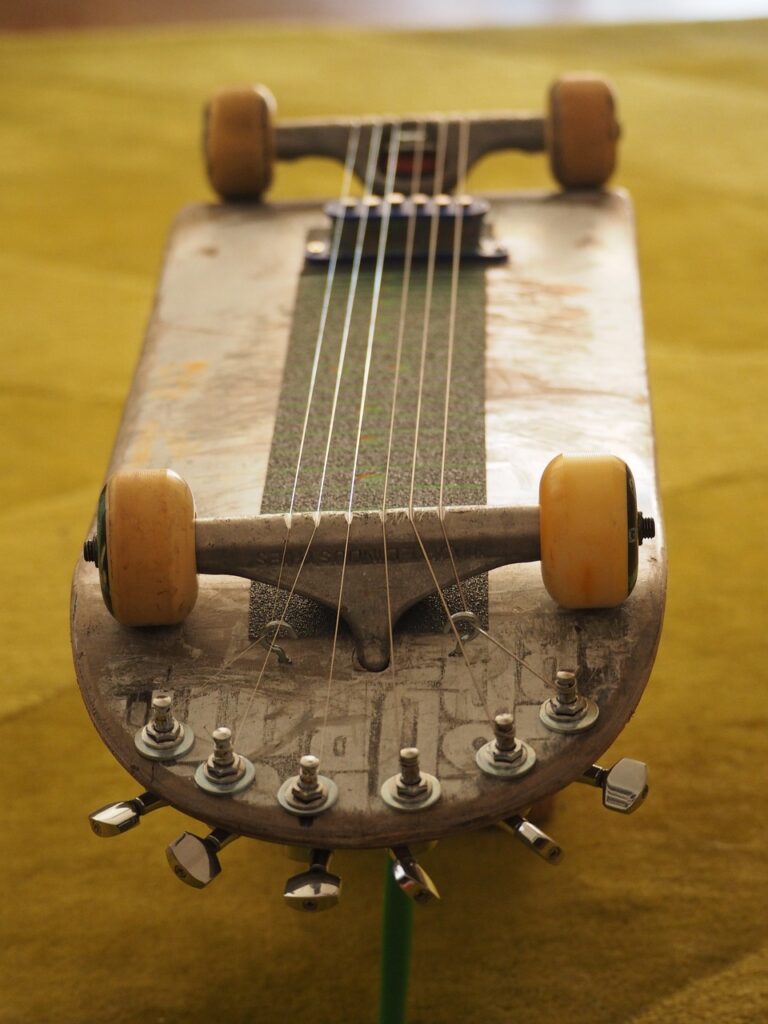
Benefits of Upcycling
- Reduces Waste: Keeps usable items out of landfills.
- Saves Money: No need to buy new when you can create with what you have.
- Promotes Creativity: Encourages innovative thinking and resourcefulness.
- Lowers Carbon Footprint: Reduces energy consumption tied to manufacturing and transportation.
Inspiring Upcycling Projects
1. Turn Old T-Shirts into Reusable Bags

Materials Needed:
| Item | Purpose |
|---|---|
| Old T-Shirt | Base material for the bag |
| Scissors | Cutting and shaping |
| Needle and Thread | Reinforce handles (optional) |
Steps:
- Cut off the sleeves and neckline of the t-shirt.
- Turn it inside out and sew the bottom shut, or knot it for a no-sew option.
- Flip it back, and voilà—a reusable bag perfect for groceries or everyday use!
2. Repurpose Glass Jars into Storage Containers
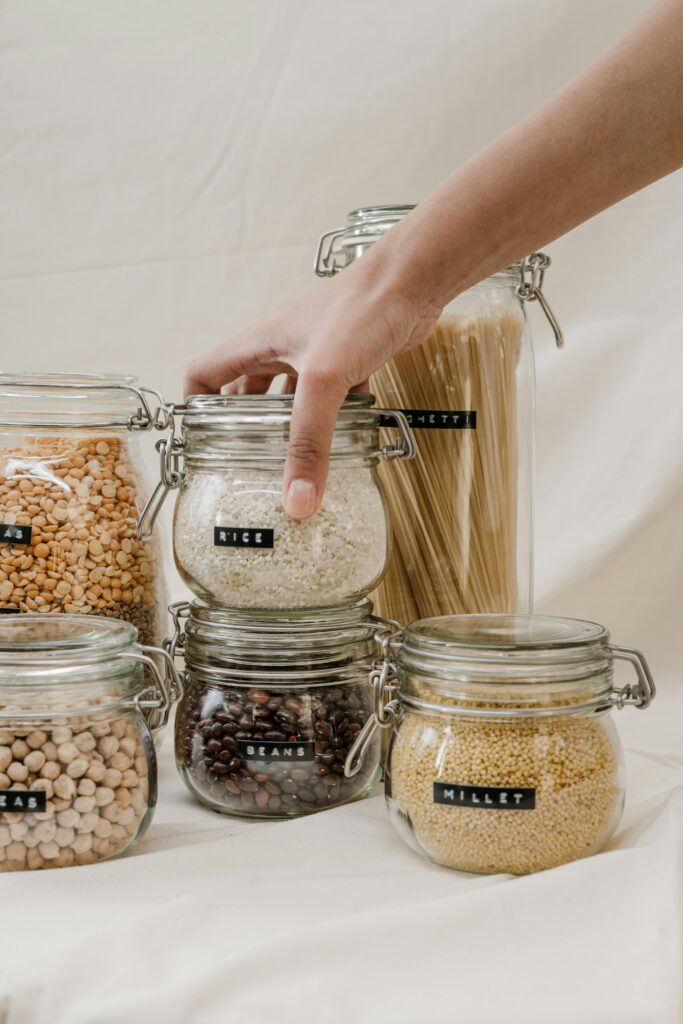
Materials Needed:
| Item | Purpose |
|---|---|
| Glass Jars | Base material |
| Chalkboard Paint | For labeling |
| Lids | To seal and secure |
Steps:
- Wash and dry the jars thoroughly.
- Paint a small rectangle on each jar with chalkboard paint for customizable labels.
- Use them to store spices, dry goods, or craft supplies.
Pro Tip: For a decorative touch, wrap the jars in twine or paint the lids to match your kitchen décor.
3. Transform Tin Cans/old shoes/empty containers into Herb Planters (the inspiration is endless)
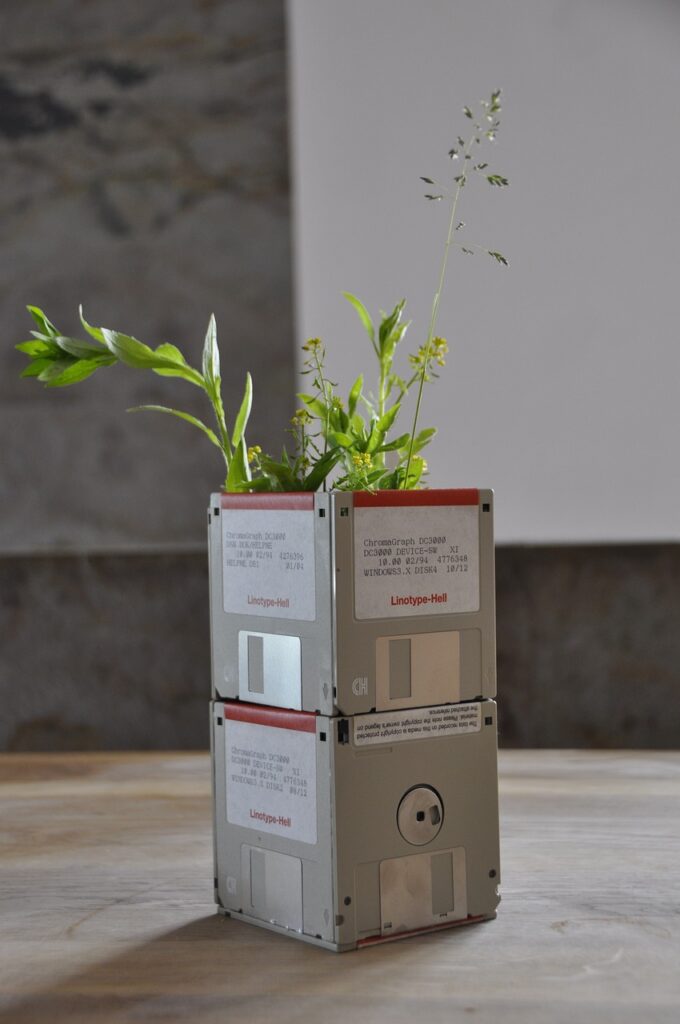
Materials Needed:
| Item | Purpose |
|---|---|
| Empty Tin Cans | Base material for planters |
| Paint or Wrapping Paper | Decoration |
| Soil and Herb Seeds | For planting |
Steps:
- Clean the cans and remove any labels.
- Decorate the exterior with paint or paper.
- Fill with soil, plant your seeds, and place in a sunny spot.
4. Upcycle Wine Bottles into Decorative Lights

| Item | Purpose | Items Needed |
|---|---|---|
| Wine bottles | Convert bottles into string light holders or lamps. | Wine bottles, soap, sponge, glass cutter, string lights, paint (optional) |
Steps:
- Wash bottles and remove labels by soaking in warm water.
- Use a glass cutter to create an opening for inserting lights (optional).
- Insert string lights or fairy lights into the bottles.
- Optionally, paint or decorate the bottles to suit your décor.
5. Create DIY Coasters from Old CDs
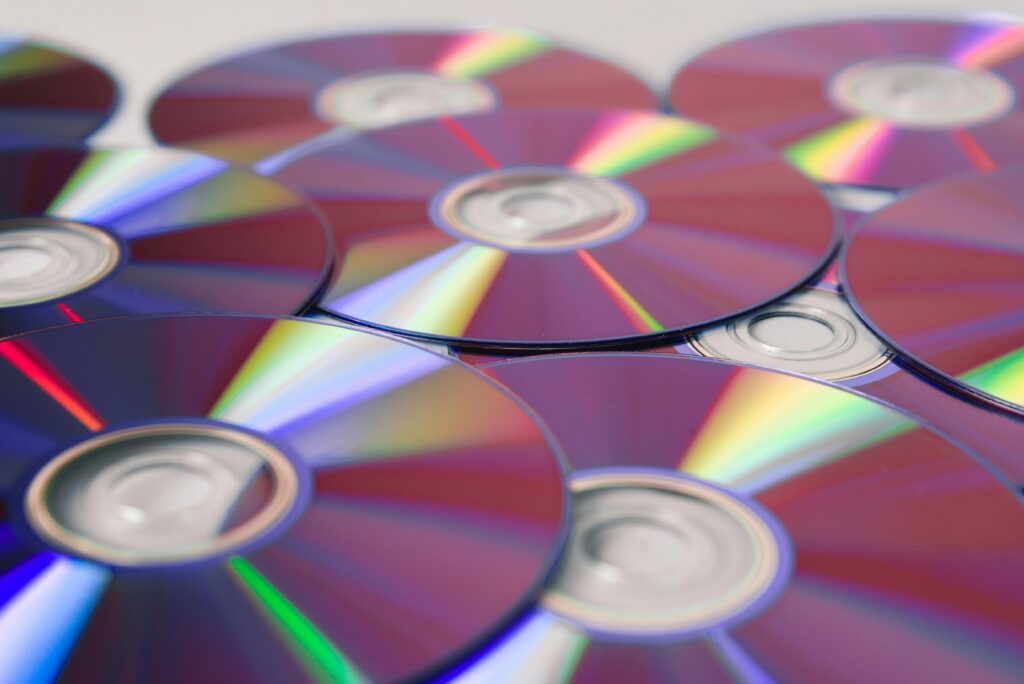
| Item | Purpose | Items Needed |
|---|---|---|
| Old CDs | Upcycle CDs into coasters with decorative and practical features. | Old CDs, fabric or cork backing, glue, paint, sealant |
Steps:
- Clean the CDs and remove any dust or grime.
- Cut cork or fabric into circles that fit the CDs and glue them to the back for grip.
- Decorate the front with paint, decoupage, or designs.
- Seal with a protective sealant and let dry before use.
6. Build a Bookshelf from Wooden Crates
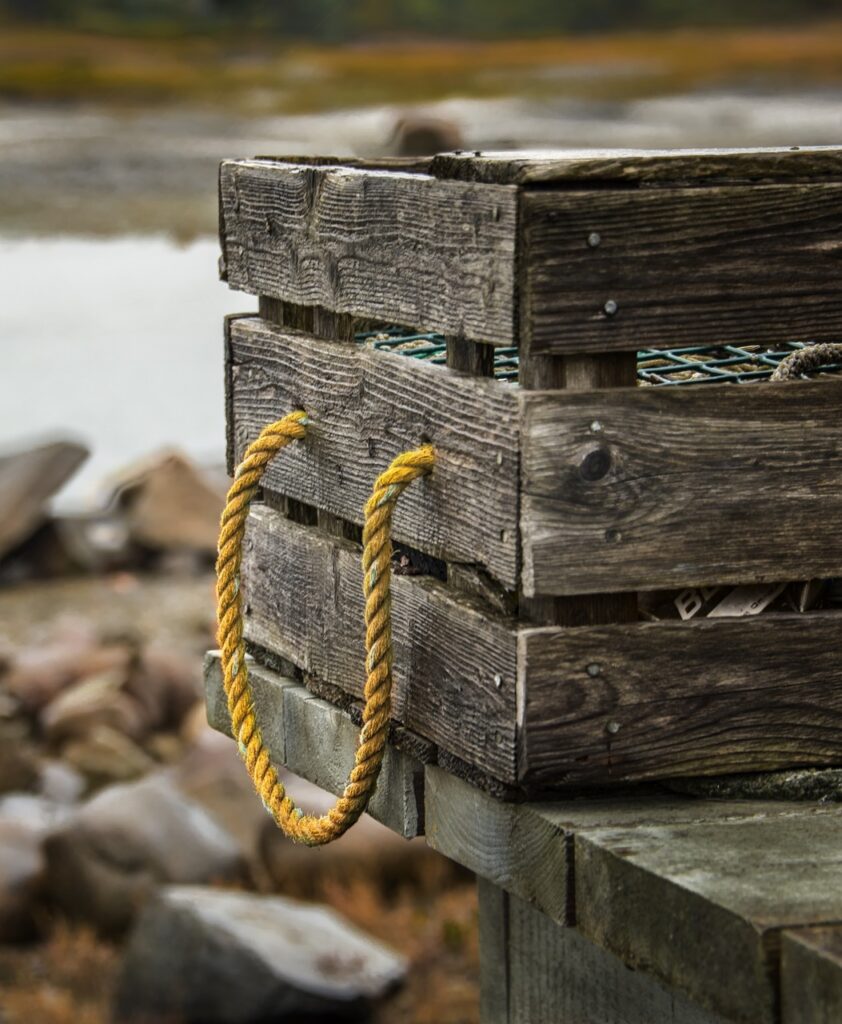
| Item | Purpose | Items Needed |
|---|---|---|
| Wooden crates | Build a custom bookshelf for organizing books, plants, or home décor items. | Wooden crates, sandpaper, paint/stain, screws, drill |
Steps:
- Sand the wooden crates to smooth out any rough edges.
- Paint or stain the crates for a polished or rustic look (optional).
- Stack the crates in your desired arrangement.
- Secure them together using screws and a drill.
7. Turn Mason Jars into DIY Solar Lanterns
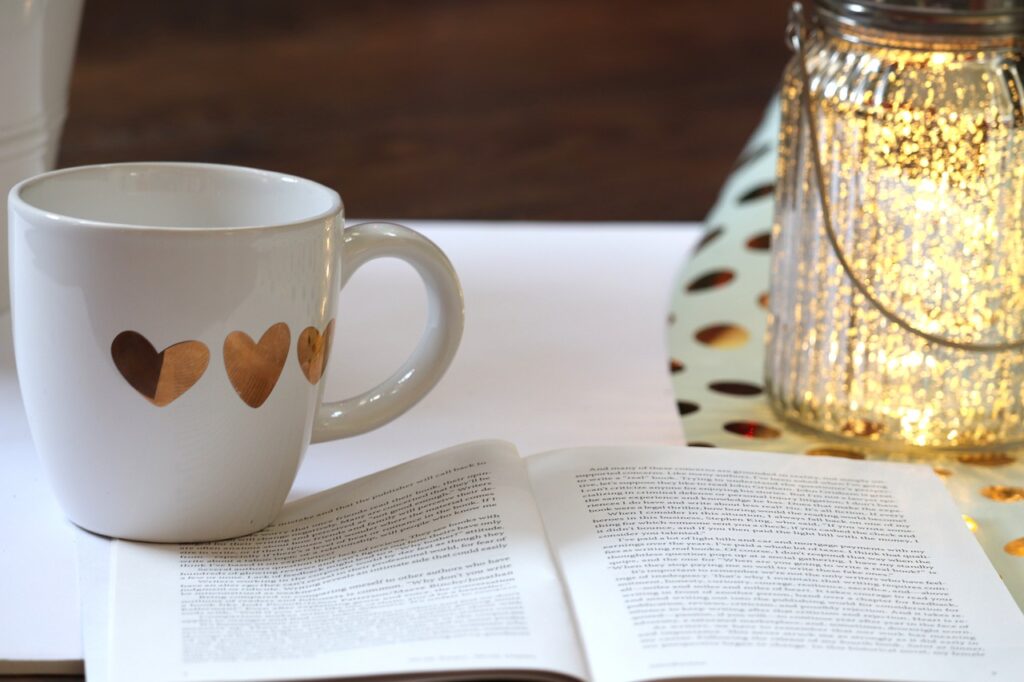
| Item | Purpose | Items Needed |
|---|---|---|
| Mason jars | Create solar-powered lanterns for sustainable outdoor or garden lighting. | Mason jars, solar light tops, paint/twine (optional) |
Steps:
- Attach small solar lights to the lids of mason jars.
- Optionally, decorate the jars with paint, glass frosting, or twine.
- Place the jars in sunlight to charge the solar lights.
- Use them as outdoor or garden lighting.
8. Craft a Rug from Old Fabric Scraps
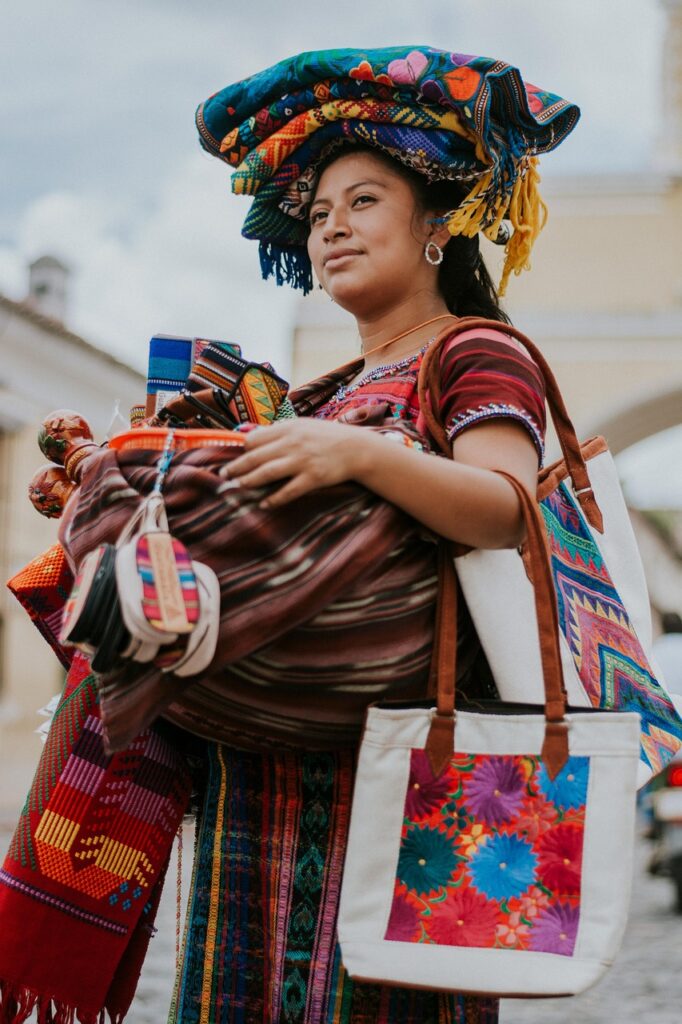
| Item | Purpose | Items Needed |
|---|---|---|
| Fabric scraps | Make a unique braided or woven rug to reduce fabric waste. | Fabric scraps, scissors, needle/thread |
Steps:
- Cut fabric scraps into long, even strips.
- Braid the strips tightly to form one long braid.
- Coil the braid into a circular or oval shape.
- Stitch the coils together as you go, securing the ends at the finish.
9. Create a Bulletin Board from Wine Corks
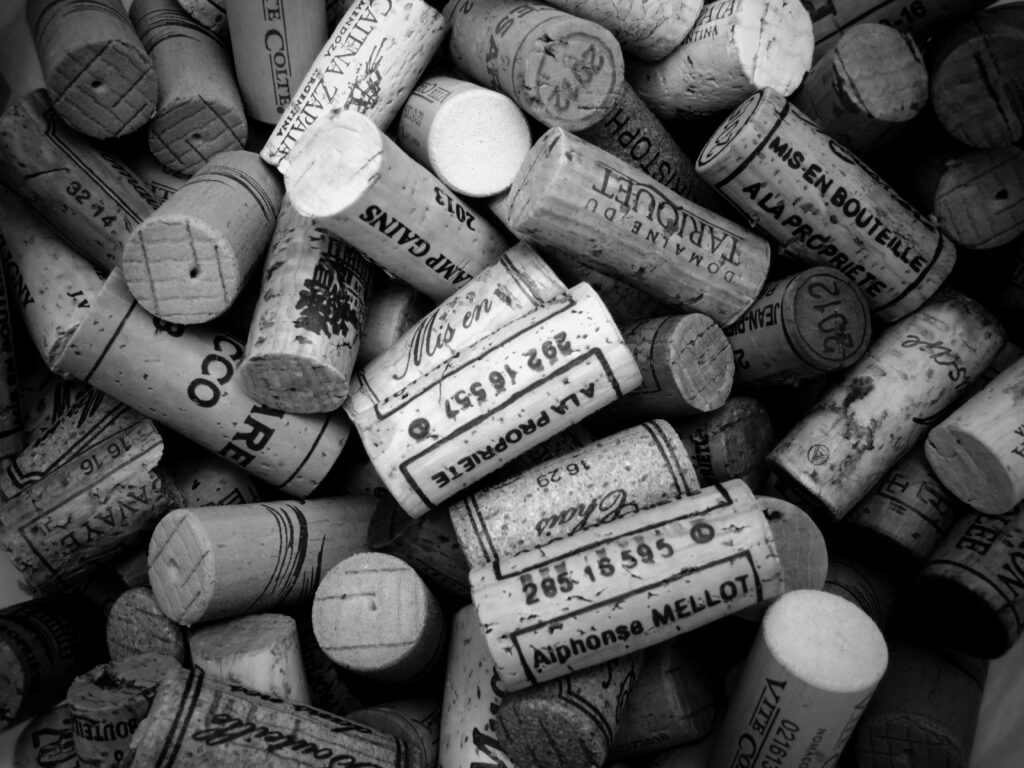
| Item | Purpose | Items Needed |
|---|---|---|
| Wine corks | Upcycle wine corks to make a bulletin board for notes or reminders. | Wine corks, wooden frame, glue, craft knife, paint (optional), push pins |
Steps:
- Collect enough wine corks to fill the size of your desired bulletin board.
- Use a craft knife to cut corks in half lengthwise for a flat surface (optional).
- Glue corks tightly together inside a wooden frame.
- Optionally, paint the frame or corks for decoration.
- Use push pins to pin notes or reminders on the board.
10. Convert Old Towels into Cleaning Rags

| Item | Purpose | Items Needed |
|---|---|---|
| Old towels | Turn worn-out towels into reusable cleaning rags for home or workshop use. | Old towels, scissors, needle/thread (optional) |
Steps:
- Wash old towels to ensure cleanliness before use.
- Cut towels into smaller squares or rectangles with scissors.
- If desired, sew the edges to prevent fraying (optional).
- Use these rags for dusting, cleaning surfaces, or wiping up spills.
Upcycling vs. Recycling: What’s the Difference?
| Aspect | Upcycling | Recycling |
|---|---|---|
| Definition | Repurposing items into something new | Breaking items down into raw materials |
| Energy Use | Minimal | High |
| Creativity | High | Low |
| Environmental Impact | Reduces waste and manufacturing | Reduces waste, but energy-intensive |
Tips for Successful Upcycling
- Start Small: Choose simple projects that align with your interests.
- Get Creative: Think beyond the obvious—what could an item become?
- Gather Supplies: Keep items like glue, scissors, and paint on hand.
- Involve the Family: Make it a fun, collaborative activity.
Testimonials: Real Success Stories
“I turned old mason jars into storage for my pantry, and it not only reduced waste but made my kitchen look so organized!” – Emily R.
“Upcycling old clothes into bags has saved me a fortune and reduced my need for single-use plastics.” – James P.
Conclusion: The Power of Upcycling
Upcycling is more than a creative outlet—it’s a way to make a tangible difference for our planet. By giving new life to items that might otherwise be discarded, you contribute to a more sustainable future and inspire those around you to think differently about waste.
With simple tools, a bit of creativity, and a willingness to try new things, you can transform your home and lifestyle. Whether it’s making reusable bags, herb planters, or storage jars, every project is a step toward a greener, more resourceful world.
As the saying goes, “Waste isn’t waste until we waste it.” Start your upcycling journey today, and experience the joy of turning old into gold.
References
- Environmental Protection Agency (EPA). (2018). National Overview: Facts and Figures on Materials, Wastes, and Recycling.
- Center for Sustainable Living. (2021). Creative Ways to Upcycle Everyday Items.
- Johnson, B. (2019). The Art of Upcycling: Transforming Trash into Treasure.
- Greenpeace. (2020). The Environmental Benefits of Reducing Household Waste.
As an Amazon Affiliate, we earn from qualifying purchases, but at no extra cost to you.
